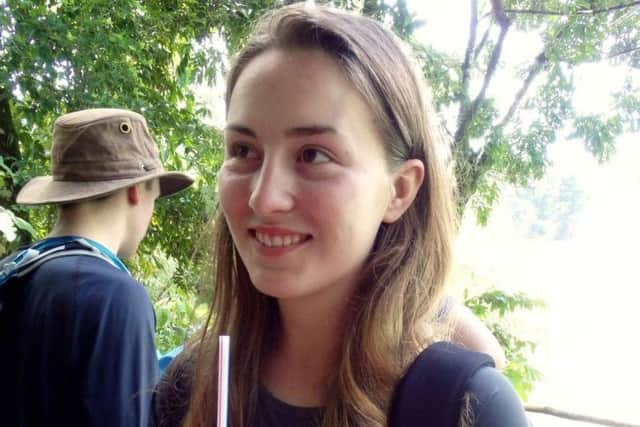Mum's meningitis vaccine plea to students after daughter's death from the disease


Kym Lockett has shared her first had experience of meningitis and septicaemia during national Meningitis Awareness Week
The 48-year-old said: “In October 2015, my daughter Penny was sent home early from school one Thursday.
Advertisement
Hide AdAdvertisement
Hide Ad"She was ill with what seemed to be a regular sickness and diarrhoea bug and had a temperature. I knew that other children in the area were suffering with sickness and diarrhoea, so wasn’t too worried.


“We were trying to keep her temperature down with paracetamol but she continued to be ill through the night and into the next morning. I did check for a rash that is commonly associated with meningitis, but there was nothing to be seen.
“She had a bath but when she got out she slumped on the floor. I sat her up and she had the tiniest absence which I recognised was a small seizure. This really bothered me and I phoned 111.
“While I was on the phone Penny’s breathing became shallow and she stopped responding to me. The operator sent an ambulance and we were taken to hospital.
Advertisement
Hide AdAdvertisement
Hide Ad“She was transferred to intensive care but the doctors explained to me and my husband that things weren’t getting any better.


“Penny had gone by 10 o’clock on Friday night. She was 17 years old. It all happened so quickly.”
The family learnt that Penny had died from meningococcal meningitis type W. The disease hides behind symptoms that you’d get with common everyday illnesses which makes it hard for doctors to know when it’s something more dangerous.
“The MenACWY vaccine is available now for young people and the thing that frustrates me is that uptake of this vaccine has been low among people who are Penny’s age. This seems staggering to me. People don’t appreciate what this disease can do if they haven’t been through it.”
Advertisement
Hide AdAdvertisement
Hide AdThe MenACWY vaccination programme was introduced in 2015 following a rapid rise in the new and particularly deadly type of meningitis.
Uptake of the MenACWY vaccine among older teenagers who are eligible to get it from their GP has been worryingly low - only 33 per cent of school leavers in 2016 had taken up the vaccine.
Young people up to the age of 20 and university freshers up to age 25 are advised to check their eligibility and get the vaccination whether starting university or not. Ideally students should be vaccinated more than two weeks before starting university, but they can still get the MenACWY vaccine from a GP once they start university in most of the UK.
Meningitis and septicaemia can develop suddenly and progress rapidly. Early symptoms include headache, vomiting, limb pain, fever, and cold hands and feet. Students should be alert to the symptoms and should not wait for a rash or neck stiffness to develop before seeking medical attention urgently.
Advertisement
Hide AdAdvertisement
Hide AdVinny Smith, Chief Executive of MRF said, “We’re very grateful to Kym for bravely sharing her story to raise awareness during Meningitis Awareness Week.
"By getting the free meningitis vaccine, young people are not only protecting themselves from a potentially deadly disease, but also protecting others by stopping the spread.“It’s important to remember that this vaccine doesn’t prevent all types of meningitis, so it’s vital for students away from home to watch out for their friends if they’re unwell. If they have meningitis it can be like a very bad hangover that quickly gets worse. It can be deadly, so act fast and get medical help.”